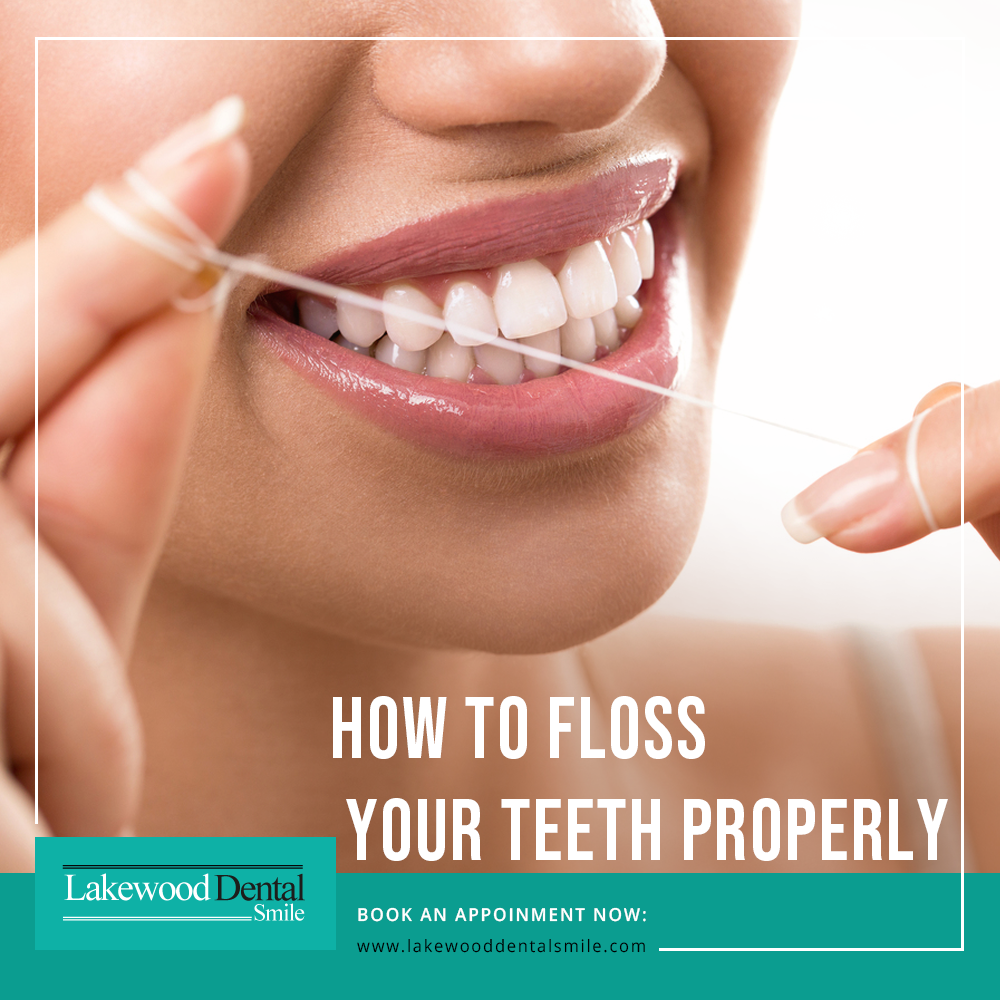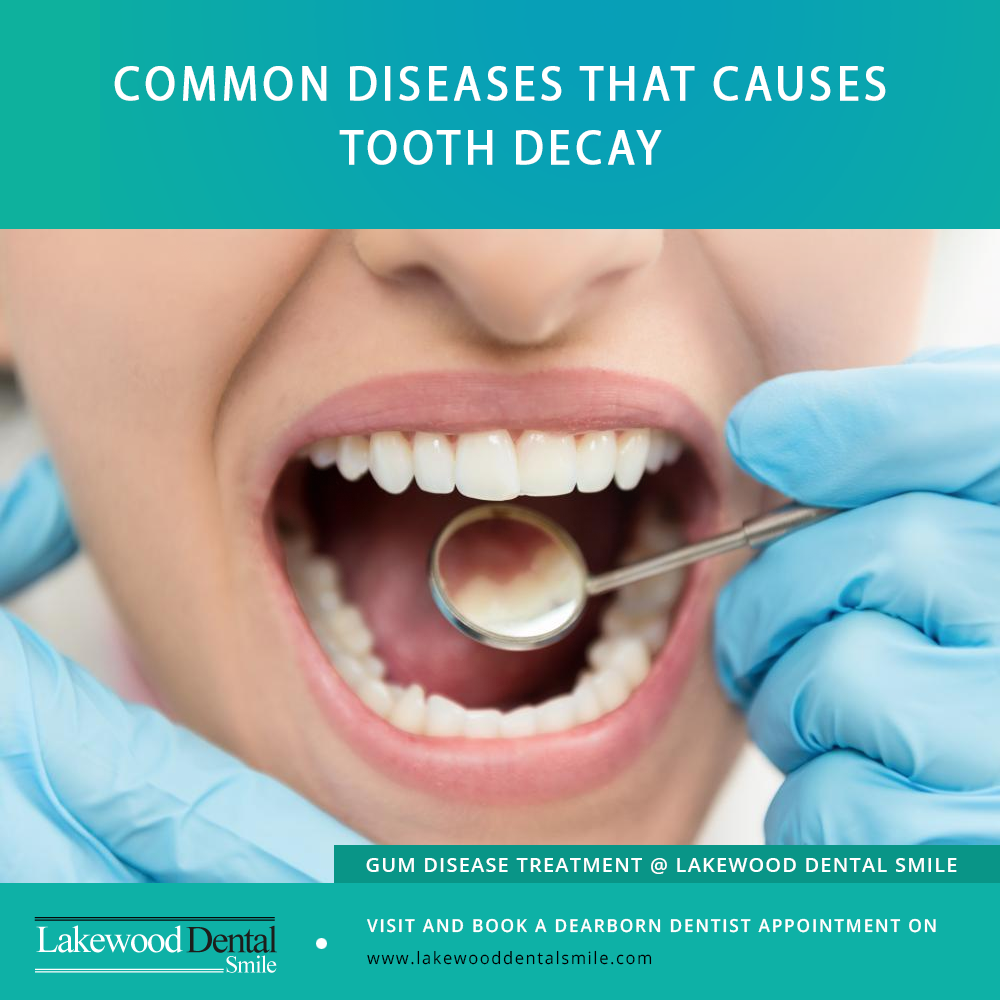It is important that you keep your teeth clean and healthy always. Both brushing and flossing are important for your oral health and should be done together. However, if you had to pick one, flossing is more important if done properly.

Brushing and flossing benefits in removing plaque buildup. The destructive bacteria that contains in the plaque are not good for our teeth. Brushing only removes the plaque from the outer surface of teeth and not in between. Flossing, on the other hands helps to remove the buildup of plaque in between the teeth and underneath the gums. The areas in between teeth are the place where most microbes live.
Not following a proper dental routine in the end makes you prone to teeth decay, gum diseases and so. Therefore it is important to stick to the routine of flossing and brushing daily to keep not only your teeth healthy but also your overall health, too.
How frequent you should floss?
If you want to successfully remove the plaque residing in between the teeth, you should floss daily. Plaque that are not removed by brushing will hardens into tartar and gradually can lead to cavities. Hence it is advised by professionals to both brush and floss daily. Flossing helps fight cavities and prevents periodontal disease.
When you should floss? Before or After Brushing!
Certainly, doubt may arise if to floss after brushing or before that. Actually it doesn’t matter if you floss before or after you brush. What matters most is “just do it”. Most people carry the thought that they should floss before bed and end up doing nothing since they are too tired at the end of the day. Hence pick a suitable time every day and floss.
Nylon or PTFE Floss?
Two types of floss you can choose from; nylon floss or PTFE floss. As the name suggests nylon floss made of multiple thin threads of nylon.So sometimes it will torn to shreds if you have tight teeth. To make the movement smooth you can get the nylon floss waxed or unwaxed depending on your choice.
PTFE floss is easy to use and it slides between the teeth easier, even if the spaces between teeth are tight. It won’t torn apart easily. Check with your dentist or oral hygienist for their floss recommendations for your teeth.
Flossing Perfectly
Now you might have known how important is flossing for your oral health. Flossing is particularly important to remove plaques from the areas where a tooth brush doesn’t completely reach. To gain maximum advantage of flossing, there are proper flossing techniques that you should be aware of.
– Begin with about 18 inches of floss, wind most of the floss around both middle fingers, leaving an inch to work with.
– Hold the tightly stretched floss between thumb and index fingers, move smoothly up and down between teeth.
– Moderately bend the floss around the base of each tooth, making sure it touched beneath the gum line. Never force the floss, as this may injure the delicate gum tissue.
– Use fresh sections of floss as you slide from tooth to tooth
Put the floss in a dustbin or throw it away after use. Remember flossing should be done in a way that it should not damage the tissue between your teeth. You may feel some discomfort at the start of your flossing, but after few days the discomfort will slowly vanish. In case of pain you can consult with your dentist for more effective flossing techniques. If you are based in Dearborn, Michigan, you can consult with Lakewood Dental Smile for expert guidance on brushing and flossing.





